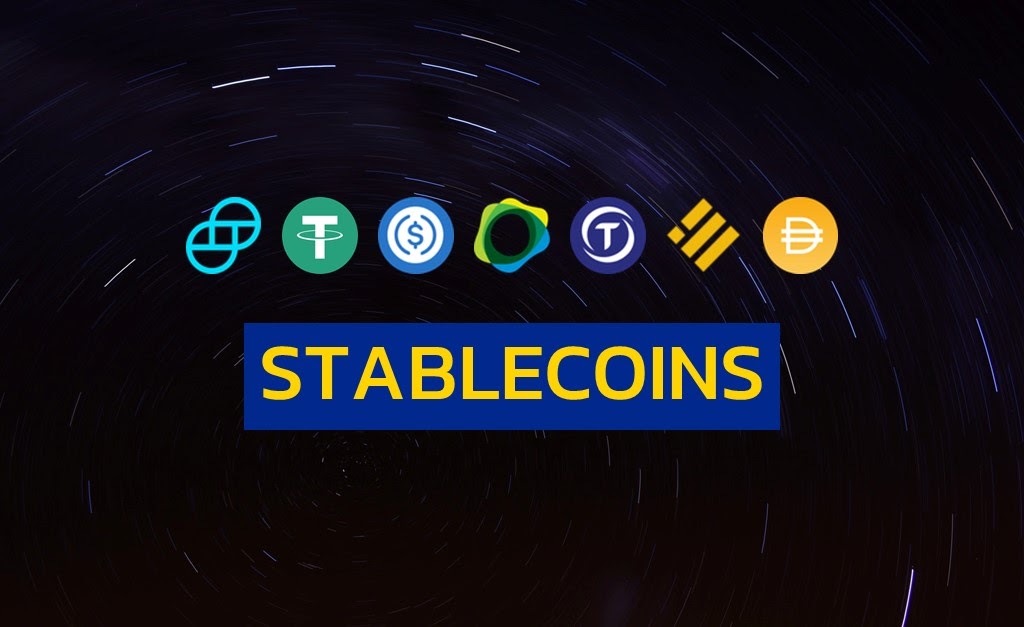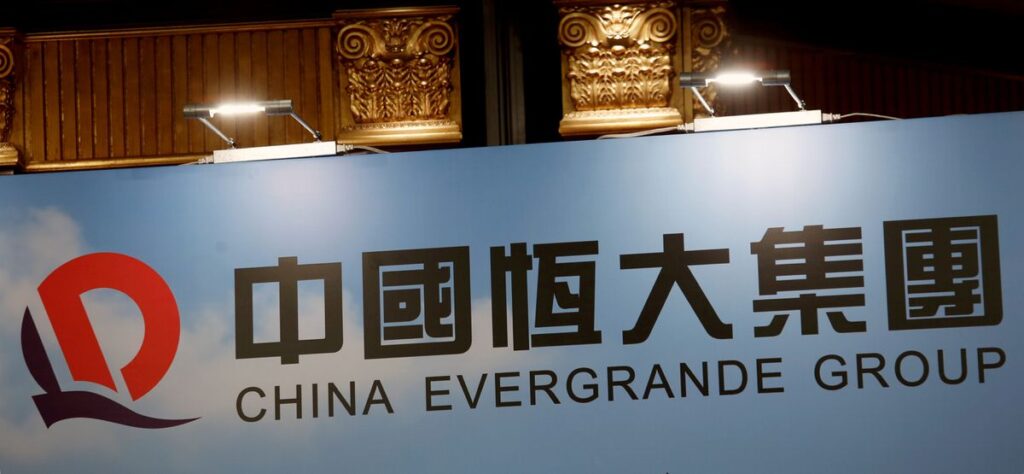There’s a good chance you’ve heard about bitcoin. What about tether, though?
Tether, like bitcoin, is a cryptocurrency. It is, in reality, the world’s third-largest digital coin in terms of market capitalization. However, it is not the same as bitcoin or other virtual currencies.

Tether is a type of cryptocurrency known as a stablecoin. Unlike other cryptocurrencies, which are known to be volatile, these are digital currencies that are tethered to real-world assets — the US dollar, for example — to preserve a steady value. Bitcoin, for example, reached an all-time high of about $65,000 in April before virtually halving in value since then.
Tether was created with the goal of being a dollar-pegged cryptocurrency. While the value of other cryptocurrencies fluctuates, the price of tether is typically the same at $1. However, this isn’t always the case, and tether’s value fluctuations have previously alarmed investors.
Tether is commonly used by crypto traders as a substitute for the US dollar when purchasing cryptocurrencies. This effectively allows them to seek refuge in a more stable asset during periods of high volatility in the cryptocurrency market.
Tether leaves investors in the dark.
Tether and USD Coin, the two most popular stablecoins, have dominated the market thus far. Tether already accounts for more than 60% of all stablecoins currently in circulation, with a market capitalization of almost $100 billion.
Following concerns that no independent institution could authenticate the $69 billion reserves underpinning the stablecoin Tether, regulatory and popular outrage grew.
Tether’s trade volume has dropped over 14% in the last 24 hours, according to reports.

“Exactly how Tether is backed, or if it’s truly backed at all, has always been a mystery. For years, a persistent group of critics has argued that, despite the company’s assurances, Tether Holdings doesn’t have enough assets to maintain the 1-to-1 exchange rate, meaning its coin is essentially a fraud,” a Bloomberg report said.
The dissension
Stablecoins, as their name suggests, are supposed to have a consistent value that is tethered to a commodity, cryptocurrency, or fiat currency. Tether is a cryptocurrency that is linked to the US dollar. It means that each of the coin’s issuances must be fully backed by cash.
The business will issue 48 billion Tethers worth $1 apiece in 2021. Despite the company’s repeated assurance claims, the image remained cloudy. Is the organisation financially stable enough to deal with all of these issues? What if everyone decides to liquidate their investment on the same day? The firm does not have a clear, concise response.
Tether responded by claiming that its USDT tokens are fully backed by the dollar, using its quarterly assurance reports and audits to refute this “tired” attempt to undermine the stablecoin’s legitimacy and authenticity.

Tether boasts valuations that rival some of the world’s largest banks, with about $69 billion in currencies in circulation. Tether, unlike other banks, does not appear to have any investor protections in place in the event of a default. According to reports, the collapse of Tether would result in a global financial disaster of about $2.3 trillion.
“The group’s consolidated assets exceed its consolidated liabilities and the group’s reserves held for its digital assets issued exceeds the amount required to redeem the digital asset tokens issues,” said the last independent auditor report filed for the stablecoin on June 30.
While the website claims to have invested $30 billion in commercial paper, there is no evidence to support this claim. The company’s claims of being registered with the British Virgin Islands Financial Regulator, which rejects the same, meet a similar fate.
According to the report, just one Bahamas-based bank is cooperating with Tether, and the firm has large assets in Chinese entities and has issued crypto-backed loans worth millions of dollars. Tether denied having any investments in Evergrande, the now-bankrupt Chinese real estate company, but would not say whether it has any other Chinese companies.

A miniscule paper trail going to Tether’s Bahamas-based bank discloses a $15 billion cash and low-risk bond investment, but this represents less than a quarter of the group’s $69 billion cumulative reserve.
The US Justice Department launched an inquiry earlier this year to see if Tether management, including CEO Giancarlo Devasini, hid the true nature of transactions and if its banking partners were made aware of some transactions’ cryptocurrency ties.
The firm, along with iFinex, which owns the crypto exchange Bitfinex, recently settled with the New York Attorney General’s office for $18.5 million on charges that the company never had reserves to back these stablecoins and that it had manipulated funds to cover $850 billion in losses.




